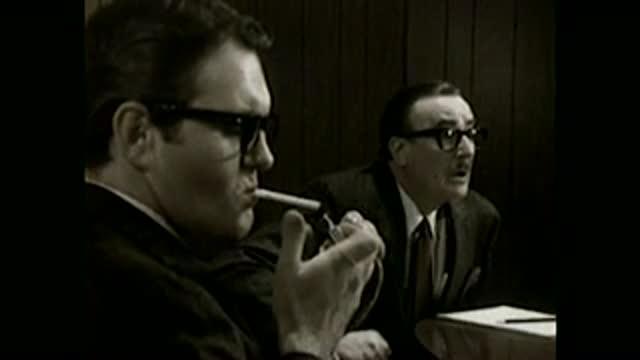To investigate, King and her team recruited 60 young adult smokers. Participants in the study were told they were being tested on their responses to a variety of social interactions. They were paired with an actor, pretending to be a participant, who would smoke an e-cigarette or a regular cigarette during a conversation. The actual study subjects were measured for their urge to smoke at multiple points before and after this interaction.
The team found that seeing e-cigarette use significantly increased the observer's desire to smoke both regular and e-cigarettes. The increases in desire to smoke a regular cigarette after observing e-cigarette use were as strong as after observing regular cigarette use. However, observing regular cigarette use did not increase participants' desire to smoke an e-cigarette. As a control, actors also drank from a bottle of water while engaging in conversation with the participant to mimick hand-to-mouth behavior. No increase in desire for either regular or e-cigarettes were seen in this scenario.
"Whether participants were exposed to someone smoking a combustible or an e-cigarette, the urge to smoke a combustible cigarette was just as high in either condition," King said. "We know from past research that seeing regular cigarette use is a potent cue for someone to want to smoke. We did not know if seeing e-cigarette use would produce the same effect. But that is exactly what we found. When we re-tested participants 20 minutes after exposure, the desire to smoke remained elevated."

"Whether participants were exposed to someone smoking a combustible or an e-cigarette, the urge to smoke a combustible cigarette was just as high in either condition," King said. "If the results do generalize and we show this in other groups, it's important to consider policy going forward in terms of reducing harm for both users and observers of e-cigarettes."
(Photo Credit: University of Chicago/Kevin Jiang)
With increasing e-cigarette sales nationwide, King believes that more attention needs to be placed not only on the health ramifications for users, but on the secondary, passive effects on observers.
"This study was our first investigation, and there are still many unanswered questions. We don't know about the effects on a non-smoker or a person who has quit smoking or if responses are different for the various e-cigarette brands," she said. "But if the results do generalize and we show this in other groups, it's important to consider policy going forward in terms of reducing harm for both users and observers of e-cigarettes."

"It's important to note that there could be effects of being in the company of an e-cigarette user, particularly for young smokers," King said. "For example, it's possible that seeing e-cigarette use may promote more smoking behavior and less quitting."
(Photo Credit: University of Chicago/Kevin Jiang)

This shows an e-cigarette (right) as compared with a combustible cigarette (left).
(Photo Credit: University of Chicago/Kevin jiang)